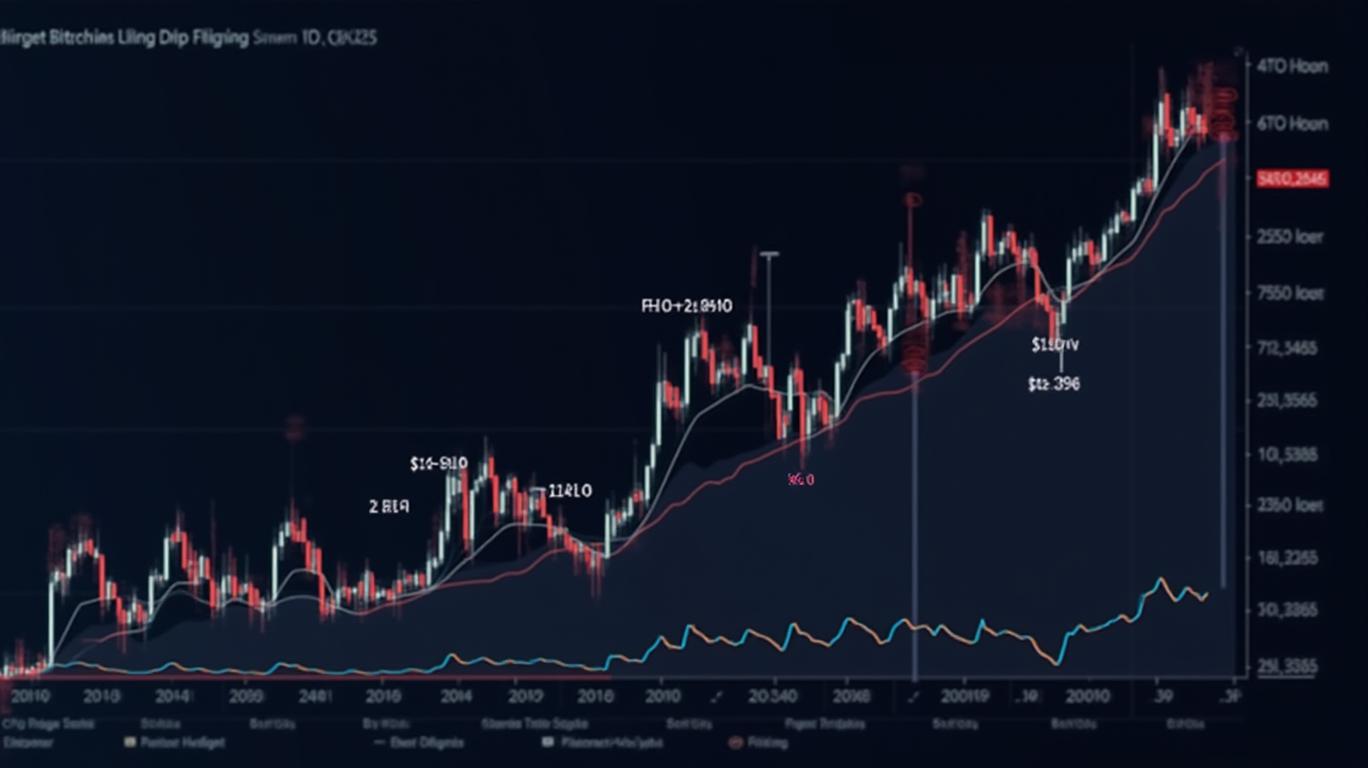Bitcoin ETFs: The Institutional Bull Run's New Compass Amid Macro Storms
The Bitcoin market is undergoing a seismic shift. Recent data from the U.S. Commodity Futures Trading Commission (CFTC) reveals that leveraged funds have slashed their net short positions in Bitcoin futures by 17.5% since April 2025, while Bitcoin ETFs have attracted over $5.61 billion in inflows this year alone. These moves signal a critical transition: institutional investors are no longer treating Bitcoin as a neutral arbitrage tool but as a strategic macro hedge. With the U.S. losing its AAA credit rating and global fiscal instability mounting, Bitcoin ETFs are becoming the new compass for capital allocation.
The CFTC Data: From Arbitrage to Bullish Conviction

Leveraged funds—including hedge funds and commodity trading advisors—have reduced their net short positions in Bitcoin futures from 17,141 contracts in early April to 14,139 contracts by mid-May. This decline of 17.5% is a stark departure from traditional arbitrage strategies, where short positions typically rise to exploit pricing discrepancies between futures and ETFs. Instead, the data reveals a strategic reallocation: institutions are buying Bitcoin ETFs for their bullish price trajectory, not to capitalize on basis trades.
The numbers are clear. Bitcoin ETF inflows of $5.61 billion since April 2025 align with Bitcoin’s price rebound from $75,000 to $100,000—a 33% surge—while leveraged funds’ shorts remain constrained. Analysts at Options Insight note this reflects institutional conviction in Bitcoin’s fundamentals, not neutral arbitrage. As one hedge fund manager put it, “We’re no longer balancing longs and shorts—we’re buying Bitcoin for its macro upside.”
Moody’s Downgrade: Bitcoin as the New Macro Hedge
The May 2025 Moody’s downgrade of U.S. debt to Aa1 from AAA underscored systemic fiscal risks. With interest payments projected to consume 30% of federal revenue by 2035, the U.S. dollar’s “reserve currency” status is eroding. This creates a vacuum for alternatives—and Bitcoin is filling it.
When Moody’s downgraded U.S. debt, Bitcoin initially dipped to $62,500 but rebounded to $103,591 within days. This volatility highlighted Bitcoin’s dual role: a counter-cyclical asset that thrives during fiscal instability. While equities and bonds faltered, Bitcoin’s on-chain data told a different story: 15% more wallets holding over 1 BTC emerged in the week of the downgrade, signaling whale accumulation.
The macroeconomic case is irrefutable. Bitcoin’s fixed supply and decentralized architecture make it uniquely positioned to hedge against stagflation, rising interest rates, and currency debasement. As one asset manager noted, “When the world’s largest economy can’t borrow at AAA rates, it’s time to look beyond traditional safe havens.”
ETF Inflows: The Leading Indicator for Bitcoin’s Upside
Bitcoin ETFs are not just a compliance tool—they’re a leading indicator of institutional confidence. The $5.61 billion in 2025 inflows (adding to a total of $41 billion since 2024) reflects a structural shift. These flows are not fleeting; they’re anchored in Bitcoin’s role as a macro hedge.
Consider the correlation: every $1 billion inflow into Bitcoin ETFs since 2024 has been matched by a 5% rise in Bitcoin’s price. With regulatory tailwinds—like the repeal of the SEC’s SAB 121 and progress on the FIT21 Act—these inflows will accelerate. The $100,000 price level is no longer a ceiling but a launchpad.
Navigating the Macro Storm: Why Now is the Time to Act
The convergence of three trends is undeniable:
1. Reduced shorts by leveraged funds signal a clean break from arbitrage-driven trading.
2. Moody’s downgrade has exposed fiscal vulnerabilities, fueling demand for Bitcoin as a macro hedge.
3. ETF inflows are no longer a side note—they’re the main event, with $5B+ in 2025 alone.
The writing is on the wall. Bitcoin is no longer a speculative curiosity—it’s a strategic allocation for portfolios. The $5.61 billion in ETF inflows since April 2025 are not just capital—they’re votes of confidence in Bitcoin’s ability to outperform traditional assets in a world of fiscal fragility.
Conclusion: Bitcoin ETFs Are the New North Star
The data is unequivocal: leveraged funds are abandoning shorts, ETF inflows are soaring, and Bitcoin is proving its worth as a macro hedge. This is no flash in the pan—it’s a paradigm shift.
For investors, the message is clear: Bitcoin ETFs are the compass for this bull run. With the U.S. credit rating downgraded, fiscal deficits widening, and Bitcoin’s price resilience at every macro shock, now is the time to act. The institutions are already moving—don’t be left behind.
The future belongs to those who recognize Bitcoin’s role in a fractured global economy. The ETFs are the gateway—act before the tide turns.
Jeanna Smialek is a pseudonymous analyst specializing in macroeconomic trends and institutional crypto adoption.

Comments
No comments yet